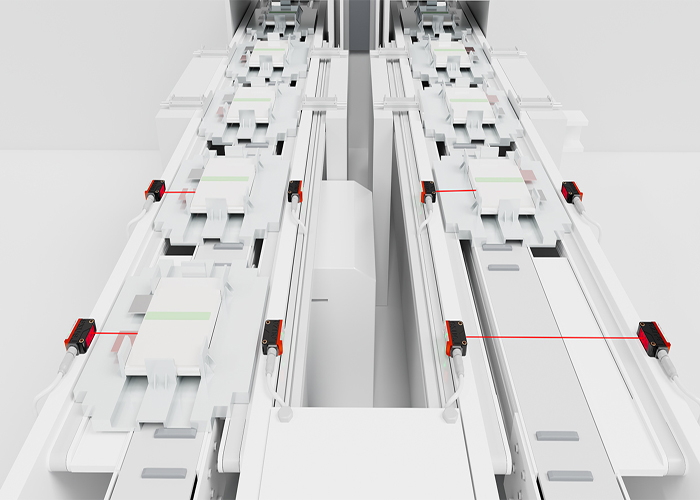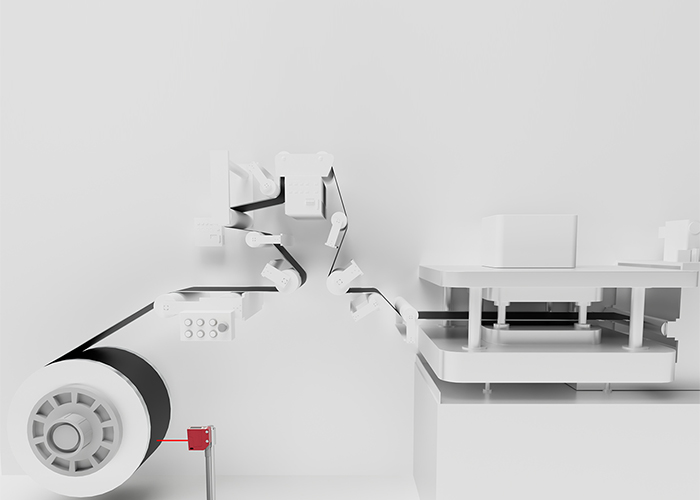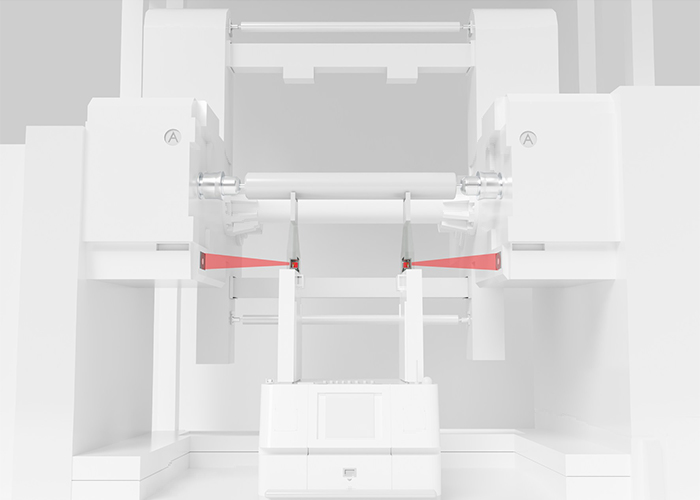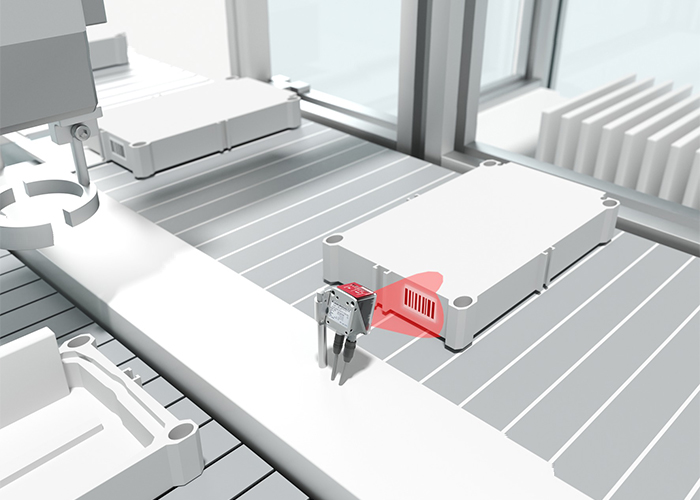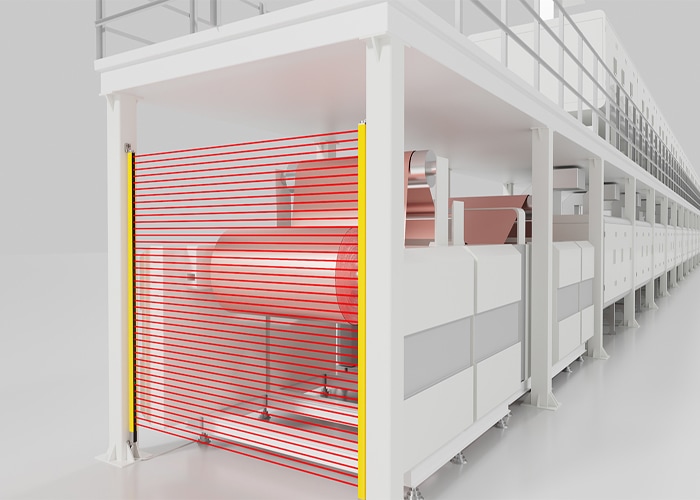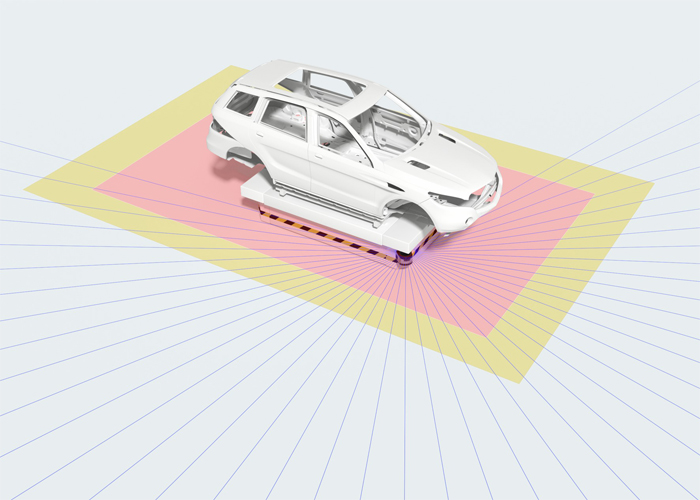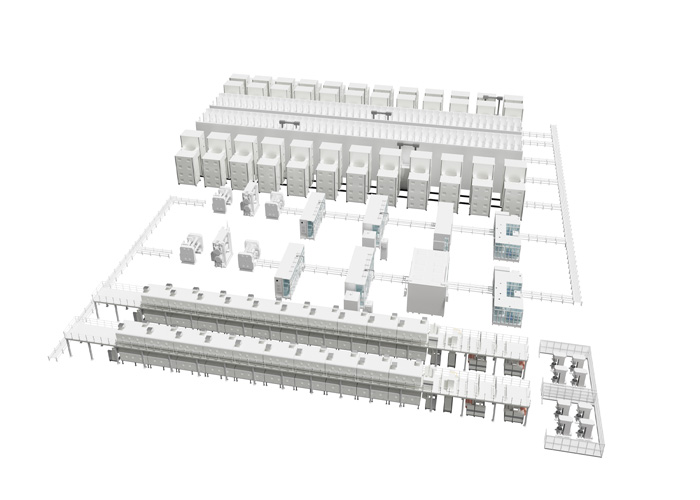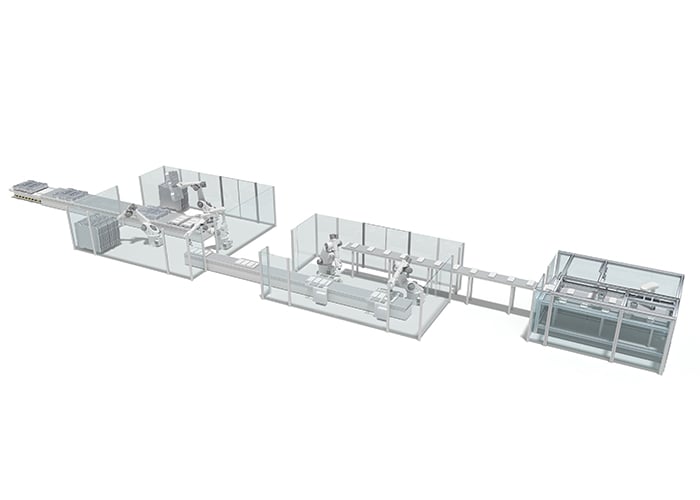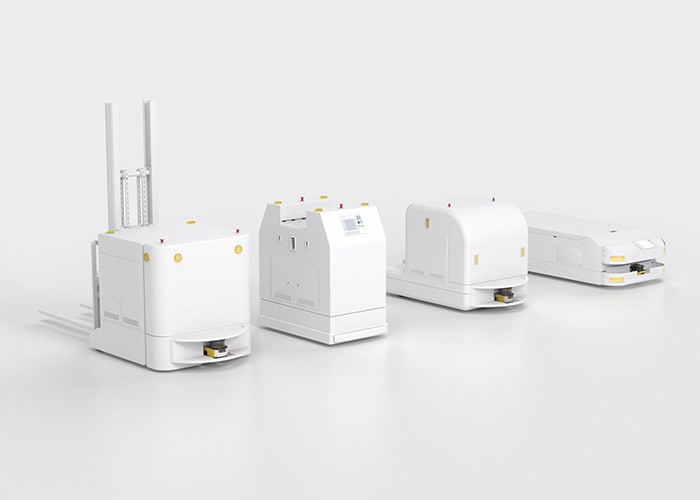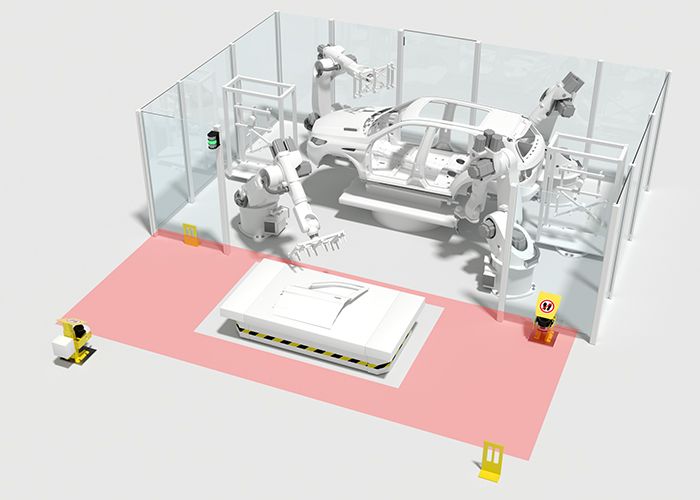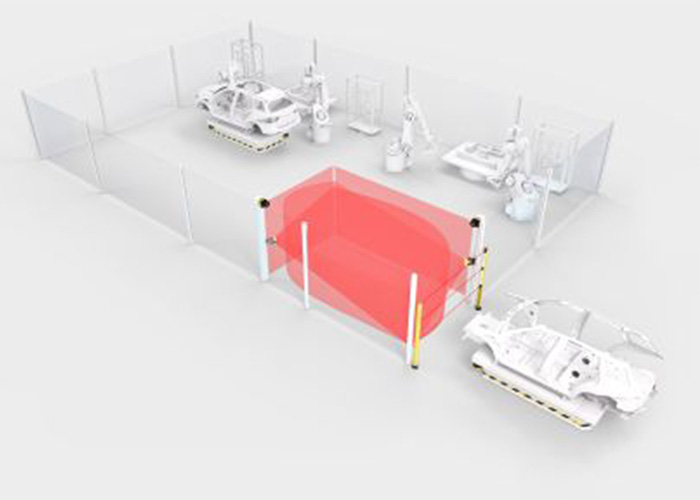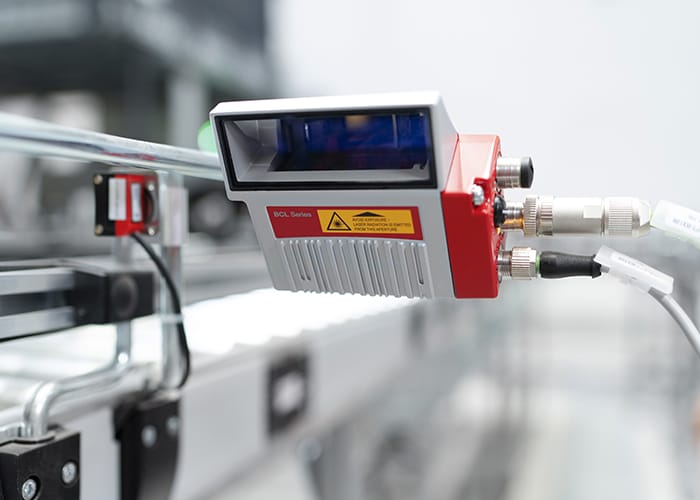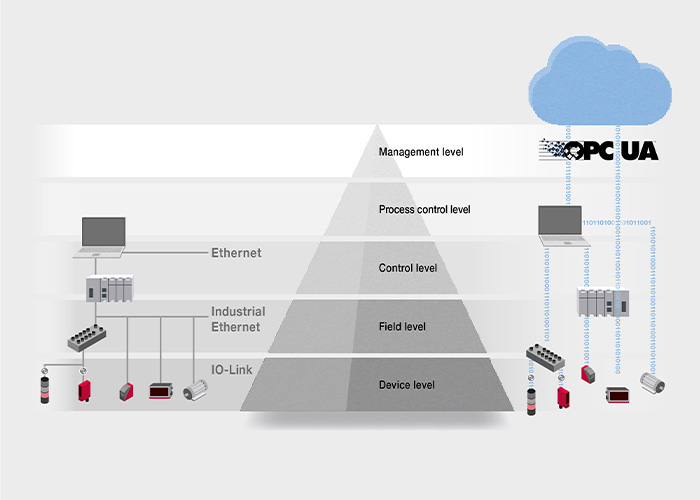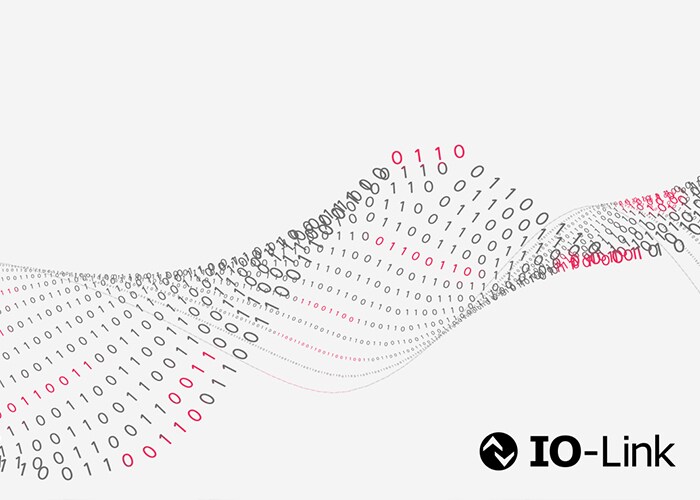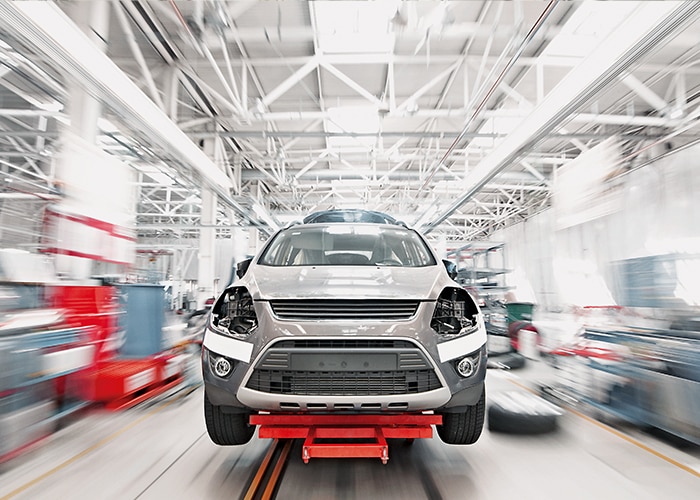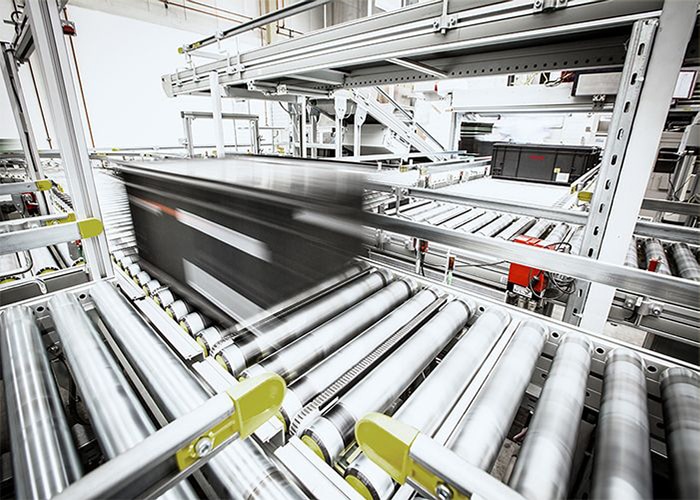
Battery industry: Key technology of the future
The battery industry plays a central role in the future of the world’s energy supply. Batteries are at the heart of numerous technologies, from electric vehicles and portable electronics to stationary energy storage systems. With the rise of electromobility and the global pursuit of climate neutrality, demand for high-performance, durable and sustainable batteries is growing.
In this context, the automation of battery production facilities and their processes requires a high level of economic viability, efficiency and safety. Leuze offers a comprehensive technology and product portfolio for the production of battery cells as well as for module and pack production.
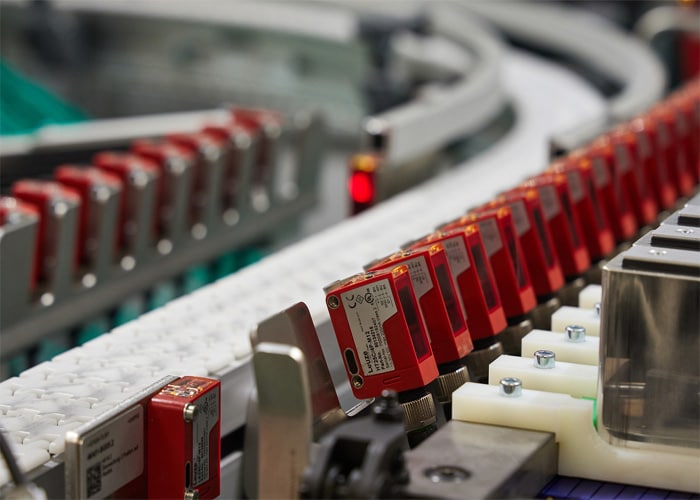
Proven expertise: Battery production at BMW with sensors from Leuze
One of the most cutting-edge car manufacturing factories in the world is located in the north of the city of Leipzig: BMW Group Plant Leipzig. The site produces both combustion and electric models in parallel. E-mobility requires high-voltage batteries that supply the electric or hybrid vehicles with the necessary drive energy. The automotive group also manufactures these on site. Sensor technology from Leuze, implemented by Schaeffler Special Machinery, the machine manufacturing arm of the Schaeffler Group, makes an important contribution to an efficient and safe process in the production line.
























